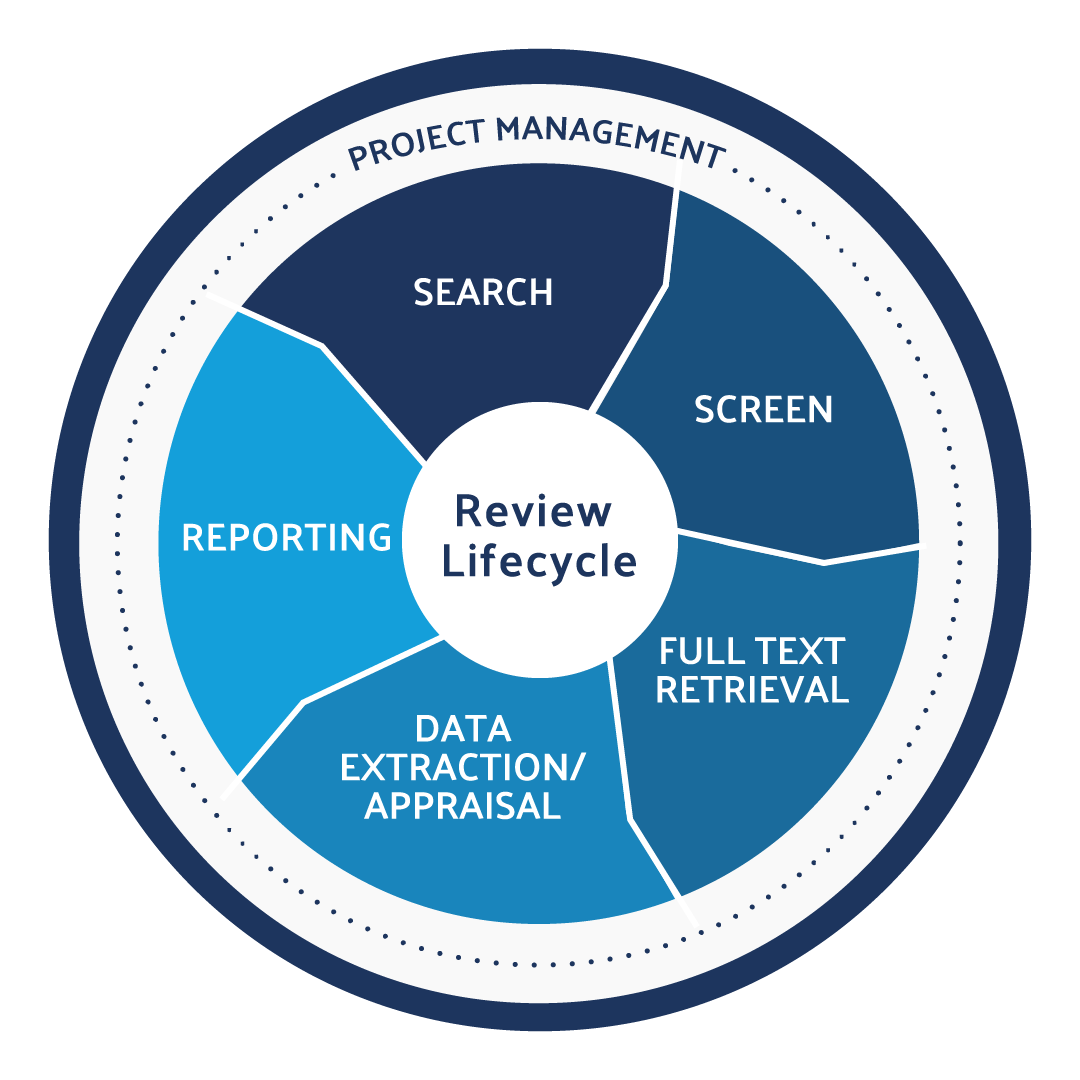What Are Some Examples of PICO Questions?


Automate every stage of your literature review to produce evidence-based research faster and more accurately.
PICO is one of the most popular mnemonic models used by researchers to develop searchable queries to help them review the available literature. If you are a professional researcher or systematic reviewer, this model will simplify your work. This model serves as your memory device to aid in referencing key areas of study to focus on.
As you carry out your studies and reviews, think about what you’re likely to get from a research question versus a PICO question. This way, you can pick the one that guarantees you the best results. But first, you need to understand the meaning of PICO and what it does.
What Is PICO?
‘PICO’ is a mnemonic model used by researchers to create searchable clinical questions before they look at the available data. ‘PICO’ is an acronym for ‘Population, Intervention, Comparison/Control, and Outcome.’
Sometimes, this acronym adds a ‘T’ to form ‘PICOT.’ The ‘T’ stands for ‘Time,’ which defines the duration of the specific scenario. The PICO model is commonly used by the practitioners of evidence-based practices (EBPs) to formulate effective questions and guide their search for the relevant literature.
So, your PICO questions should be guided by EBP examples representing real-life scenarios. There are different types of PICO questions that you can create for your research activities. Each question helps determine a specific choice or action that should be taken to achieve the desired results.
Here are the main examples of PICO questions and scenarios:
Etiology Question
The etiology question is used to determine extreme risk factors and causes of conditions. This question is very common in medical and clinical research because it establishes the root causes of serious conditions.
You can only treat a disease more effectively if you know what causes it. The PICO model allows you to explore the branch of medical science that deals with the origin or causes of diseases. This question can help you find effective remedies for serious medical conditions.
Here’s an example of an etiology PICO scenario that you might deal with at some point in your research work:
A female patient is worried about the risk of developing breast cancer because her friend was recently diagnosed with the disease. They suspect that her friend’s smoking habit contributed immensely to the disease.
The two have been living together for ten years, but your patient doesn’t smoke. So, she wants to know if living with her friend who smokes puts her at risk of developing breast cancer.
Here is the PICO setup:
- P: Female second-hand smoker
- I: None
- C: Female non-smoker
- O: Developing breast cancer
- T: Ten years or more
Your PICO question is:
Is a female second-hand smoker who has been exposed to smoke for ten or more years likely to develop breast cancer when compared with a female non-smoker who has never been exposed to second-hand smoke?
Intervention/Therapy Question
The intervention question helps you to determine which remedy or treatment will give you the best results.
A perfect scenario for this PICO question is a male patient who has been diagnosed with Systemic Lupus Erythematosus (SLE)–a common autoimmune disease that causes your body to attack its tissues, causing serious inflammation.
His rheumatologist advises him to start taking Plaquenil to manage the joint pain, but he wants to try alternative remedies like turmeric tea that his neighbor used to deal with the same problem.
So, here is how you formulate your PICO question:
- P: Patient with SLE
- I: Turmeric tea
- C: Plaquenil
- O: Lessening joint pain
The PICO question is:
Does turmeric tea help reduce joint pain in adult patients suffering from SLE?
Diagnosis Question
Diagnosis PICO questions help you determine the best diagnostic tests for the condition you’re dealing with. As a clinical researcher, you’re supposed to provide medical practitioners with evidence-based data about the most effective diagnostic tests.
This will help them diagnose complex medical conditions accurately and precisely. A good example of this is a male patient with a history of developing blood clots. When he visits your clinic with a painful ankle, you suspect it’s deep vein thrombosis (DVT).
So, you want to know if the D-Dimer assay test can help you to confirm or rule out your fears. Here’s the PICO scenario:
- P: Patient
- I: D-Dimer assay test
- C: Ultrasound
- O: Diagnosis of DVT
Your PICO question is:
Is D-Dimer assay a more accurate test for diagnosing DVT compared to ultrasound?
Learn More About DistillerSR
(Article continues below)


Automate every stage of your literature review to produce evidence-based research faster and more accurately.
Final Thoughts
If you need tools that can help you automate your systematic reviews, DistillerSR has the solution! Check out the DistillerSR platform today.








